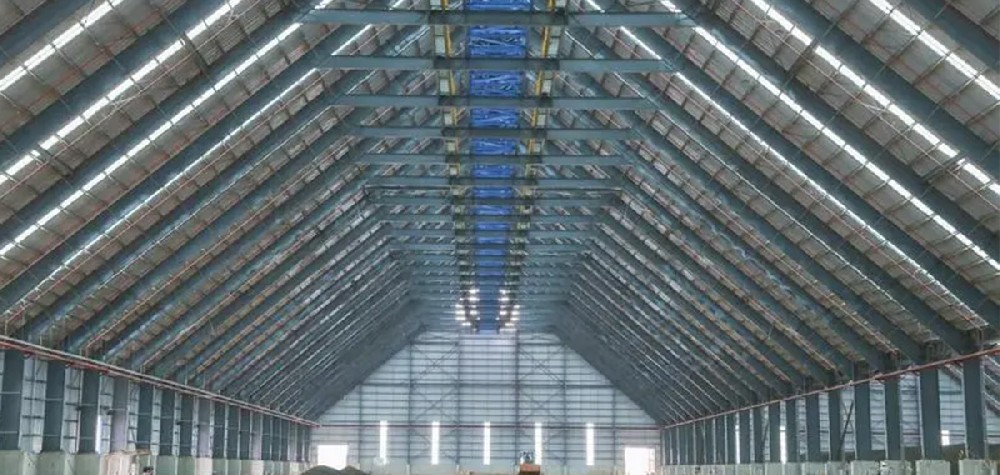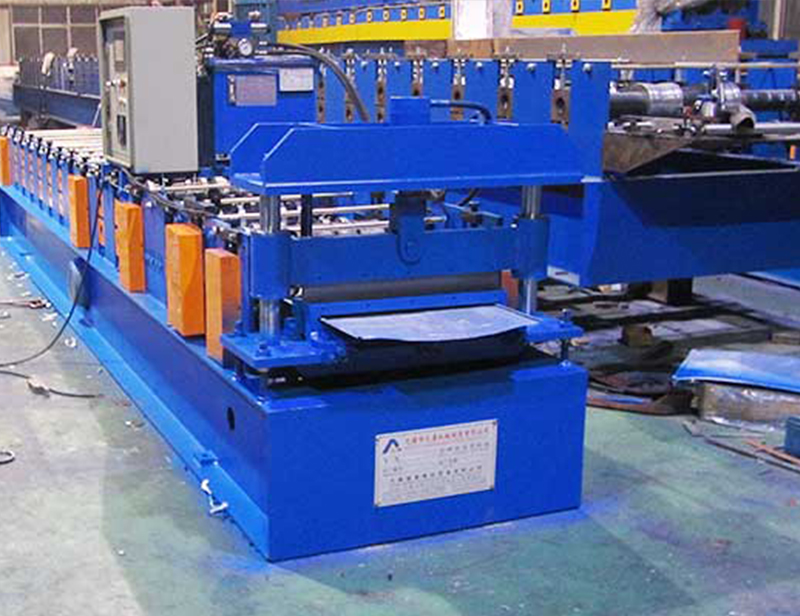Navigation Menu
Contact Us
- Email:
- info@wxavatar.com
- Address:
- Yurong Village, Yuqi Street, Huishan District, Wuxi, China.
Release Date:Jun 14, 2025 Visit:43 Source:Roll Forming Machine Factory
In recent years, some states have started to adopt new guardrail systems along highways and major roads. This shift is influenced by multiple factors related to road safety performance, maintenance requirements, and evolving traffic conditions. Understanding the reasons behind these changes can help explain why transportation authorities are re-evaluating their existing infrastructure.

Addressing Safety Concerns
One of the primary reasons for updating guardrail systems is to improve road safety. Traditional guardrails may not always perform as expected under specific impact conditions, which can lead to injuries or damage to vehicles. New designs often aim to better absorb impact energy, reduce vehicle rollover risks, and minimize the likelihood of vehicles re-entering traffic lanes after a collision. By using more advanced systems, states hope to offer more reliable protection for drivers in various accident scenarios.
Adapting to Modern Vehicles
The types and sizes of vehicles on the road have changed over time. Modern vehicles, including larger SUVs and trucks, may not interact with older guardrail designs as intended. Some of the guardrails installed decades ago were primarily tested for smaller vehicles. To ensure that barriers can effectively manage today’s traffic mix, states are adopting systems that are tested and rated for a wider range of vehicle types and sizes.
Reducing Long-Term Maintenance
New guardrail systems are often designed with materials and structures that can simplify maintenance and replacement processes. Some modern designs allow damaged sections to be replaced more quickly, helping to minimize traffic disruptions. Lower maintenance needs can also help states manage their road safety budgets more effectively over time.
Meeting Updated Standards
State and federal transportation guidelines continue to evolve. Many of the new guardrail systems are developed to comply with the latest crash testing standards and safety recommendations. Updating to systems that meet these current requirements helps states stay aligned with national road safety expectations and ensures consistency across different regions.
Responding to Regional Needs
Some states face unique roadway conditions, such as sharp curves, high-traffic urban areas, or steep roadside slopes. New guardrail systems can offer flexible solutions that address these specific challenges more effectively than older designs. States are often looking for guardrails that can provide reliable performance across different types of road environments.

Conclusion
The decision by some states to switch to new guardrail systems is driven by a combination of safety improvements, modern vehicle compatibility, maintenance efficiency, updated regulations, and local roadway demands. By adopting these updated systems, states aim to provide better protection for road users and maintain safer travel conditions. As road infrastructure continues to evolve, the choice of guardrail systems will likely remain an important consideration for transportation authorities.